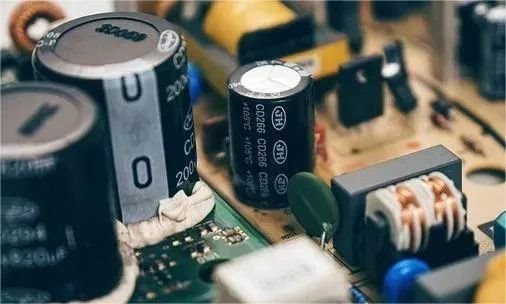Efficient and reliable quantum dot white LED packaging and thermal management
- author:
- 2024-06-04 15:04:44
Efficient and reliable quantum dot white LED packaging and thermal management are crucial for LED lighting applications and directly affect the performance, stability and life of LEDs. Research on efficient and reliable quantum dot white LED packaging and thermal management is ongoing. With the continuous development of LED technology, new packaging and thermal management methods continue to be explored to meet the growing lighting market demand.
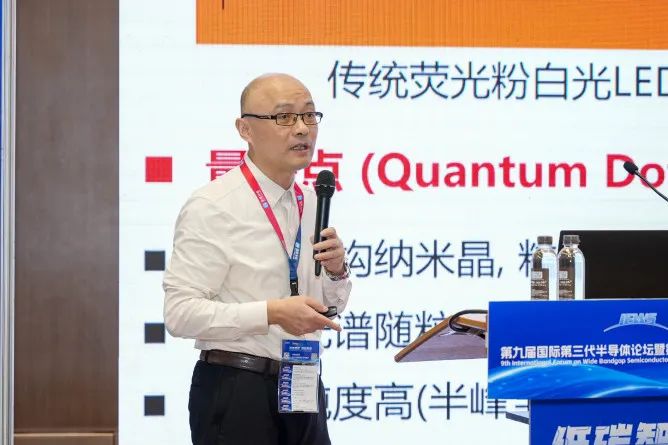
Recently, the 9th International Third-Generation Semiconductor Forum& and the 20th China International Semiconductor Lighting Forum were held in Xiamen. During this period, at the" branch of semiconductor lighting chips, packaging and optical communication technology", Luo Xiaobing, dean of the School of Energy and Power Engineering of Huazhong University of Science and Technology, Chinese dean of China Europe Energy Institute, professor and IEEE Fellow, shared the latest research progress on efficient and reliable quantum dot white LED packaging and thermal management.
Quantum dot nanocrystals have become one of the new materials with the most application value and potential due to their excellent optoelectronic properties such as high luminescent efficiency, high light and color quality, and spectral tunability, and won the 2023 Nobel Prize in Chemistry. White LEDs based on quantum dot technology have set off a new technological revolution in the field of lighting and display. At present, there are still many challenges in the large-scale application of quantum dot white LEDs. On the one hand, quantum dots are easily eroded by small molecules such as water and oxygen in packaging. On the other hand, the heat generated during the quantum dot photoluminescence process accumulates in the package. It is difficult to dissipate inside the body. The above problems lead to the attenuation or even quenching of quantum dot light in the device, which seriously restrict the performance and long-term reliability of quantum dot white LEDs.
In order to solve the above problems, Professor Luo Xiaobing's team spent more than ten years exploring the multi-scale energy transmission and conversion mechanism between the chip and quantum dot fluorescent material in quantum dot white LEDs, and proposed device light color optimization from the perspective of photothermal synergy. Full-process packaging solutions such as water-oxygen barrier, and packaging internal heat management have successfully solved the performance and reliability problems of quantum dot white LEDs in packaging and application. It provides theoretical and technical support for quantum dot white LEDs to move towards large-scale high-end applications.
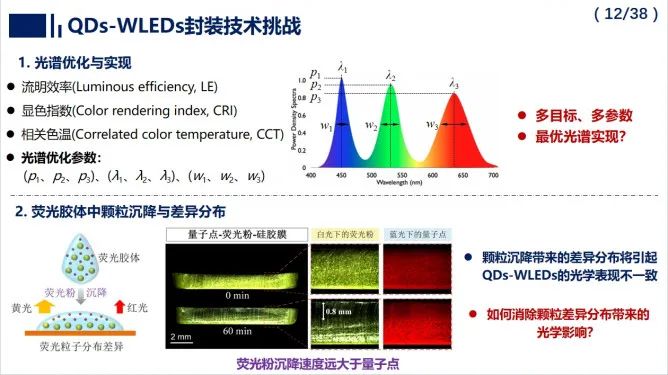
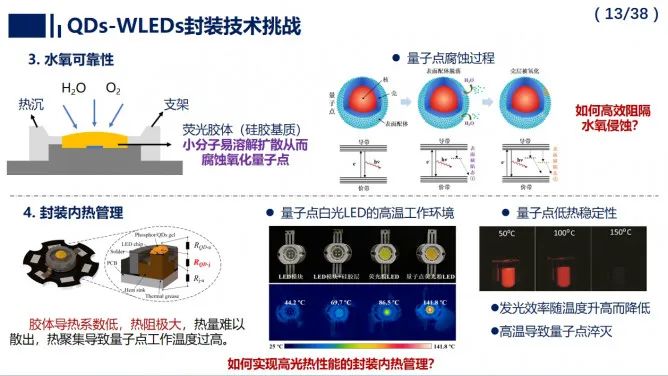
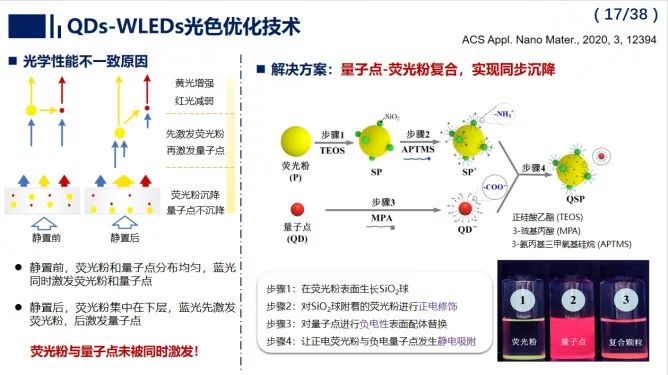
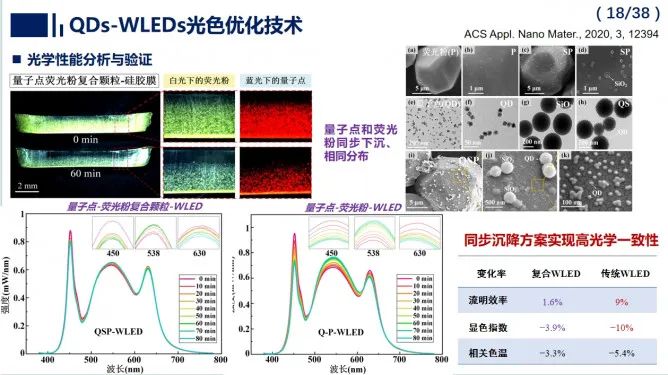
The report details the research results of QDs-WLEDs packaging technology challenges, QDs-WLEDs light color optimization technology, QDs-WLEDs water-oxygen barrier technology, and QDs-WLEDs packaging thermal management. Among them, in terms of spectral optimization of QDs-WLEDs with high light color quality, the bottleneck problem is that the quality of white light affects the circadian rhythm of the human body. The goal of spectral optimization is that the CAF control range of quantum dot white LED spectra must be as large as possible, while ensuring other optical properties. The first optimization idea is a multi-objective optimization genetic method based on optimal spectra; the second is to prepare white LEDs based on blue chips, yellow phosphors, and red quantum dots to achieve optimal spectra.
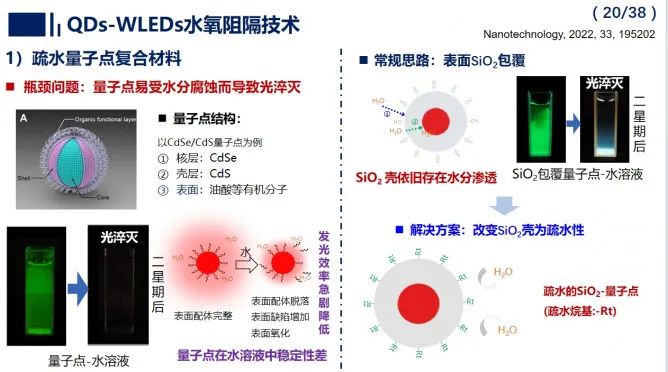
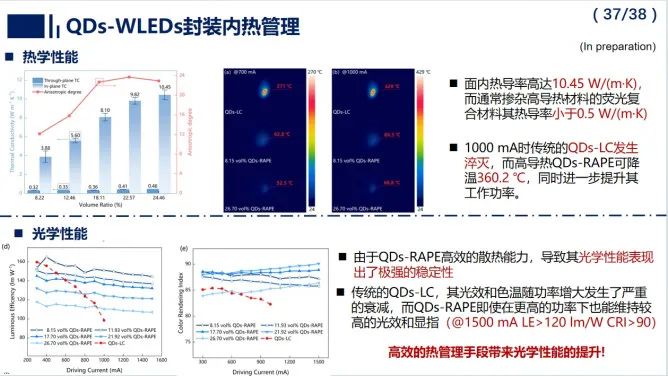
The research on water-oxygen barrier technology for QDs-WLEDs involves hydrophobic quantum dot composites, quantum dot-mesoporous silicon microspheres (QLMS), and quantum dot glass (QDs-glass). The bottleneck problem in internal heat management of QDs-WLEDs packages is that quantum dot colloid is difficult to dissipate heat, resulting in excessive operating temperatures and threatening device performance. The solution involves 1) building a high-speed thermal conduction bracket inside the package;2) quantum dot/boron nitride high thermal conduction luminescent composite material;3) directional thermal management in quantum dot white LED packages;4) three-dimensional boron nitride interconnection thermal conduction network;5) QDs-WLDs ultra-high-plane thermal conduction enhancement.
The report pointed out that QDs-WLEDs bring new opportunities to the development of the lighting and display industry, and at the same time face the challenge of light-thermal collaborative packaging. The team spent more than 20 years exploring the multi-scale energy transmission and conversion mechanism between chips and micro-nano fluorescent materials. From the perspective of photothermal synergy, it proposed full-process packaging solutions such as light color optimization, water-oxygen barrier, and internal heat management. We also look forward to working with the industry to promote QDs-WLEDs towards large-scale high-end applications.
TAG:
Guess you want to see it
Popular information
-
Liaocheng University and Soochow University collaborate to make progress in the research field of bl
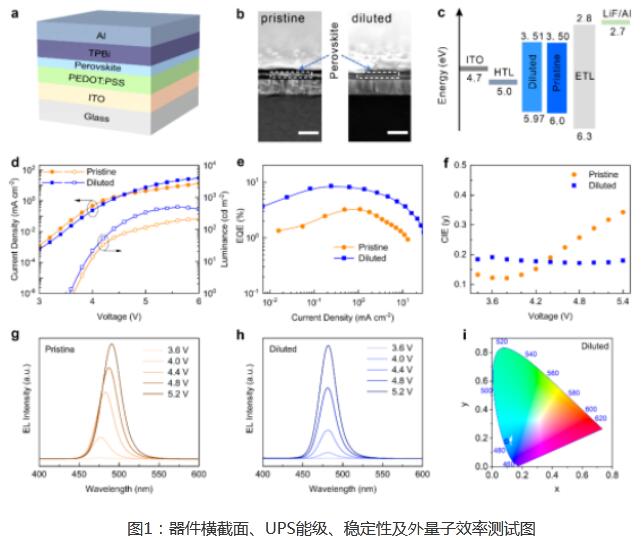
-
Causes and solutions to LED display control card failures
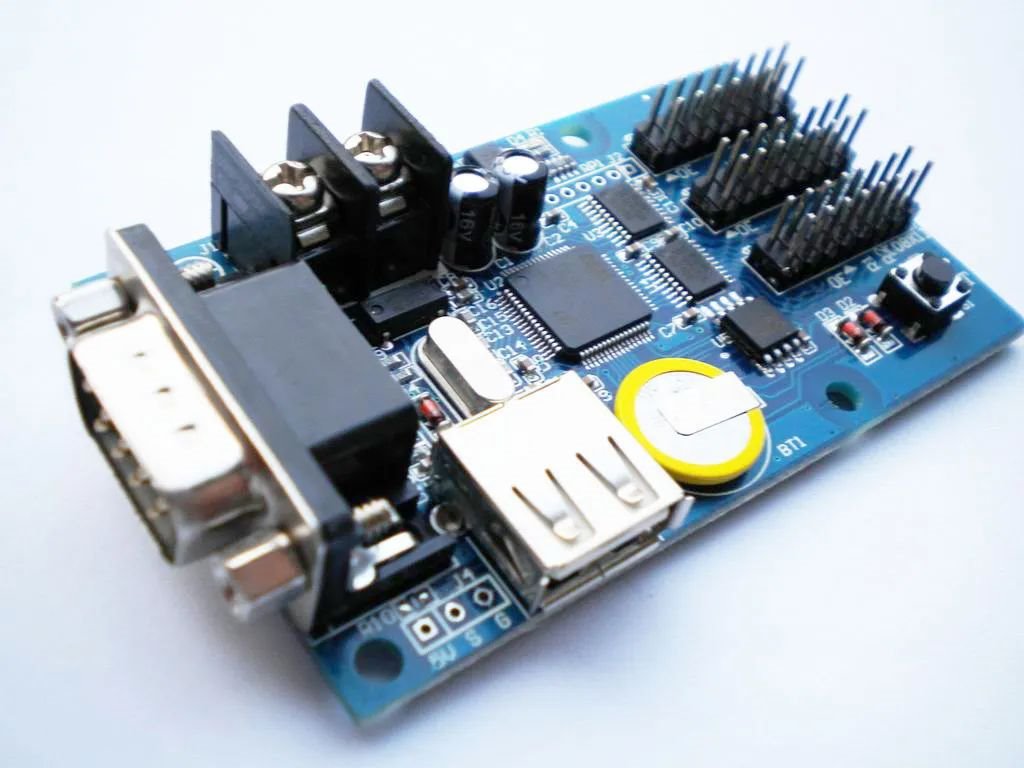
-
Introduction to LED process technology--Application of LED display driver chips
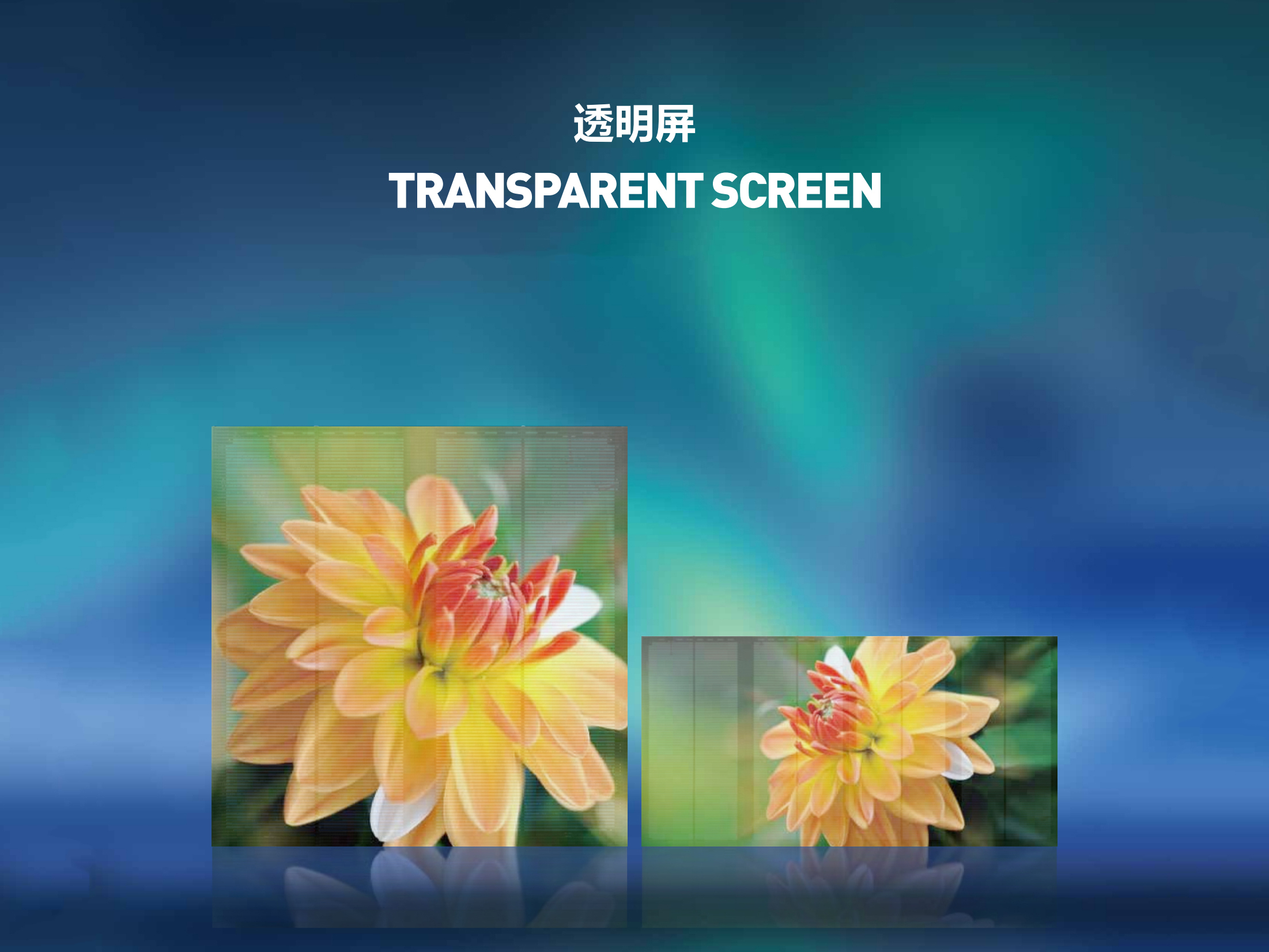
-
Technical Chapter| What do you know about LED display device packaging technology?
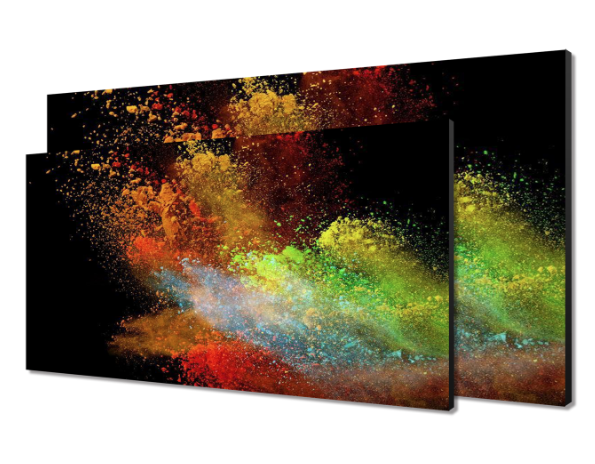
-
What are the quality and installation requirements for installing LED displays in multi-functional s
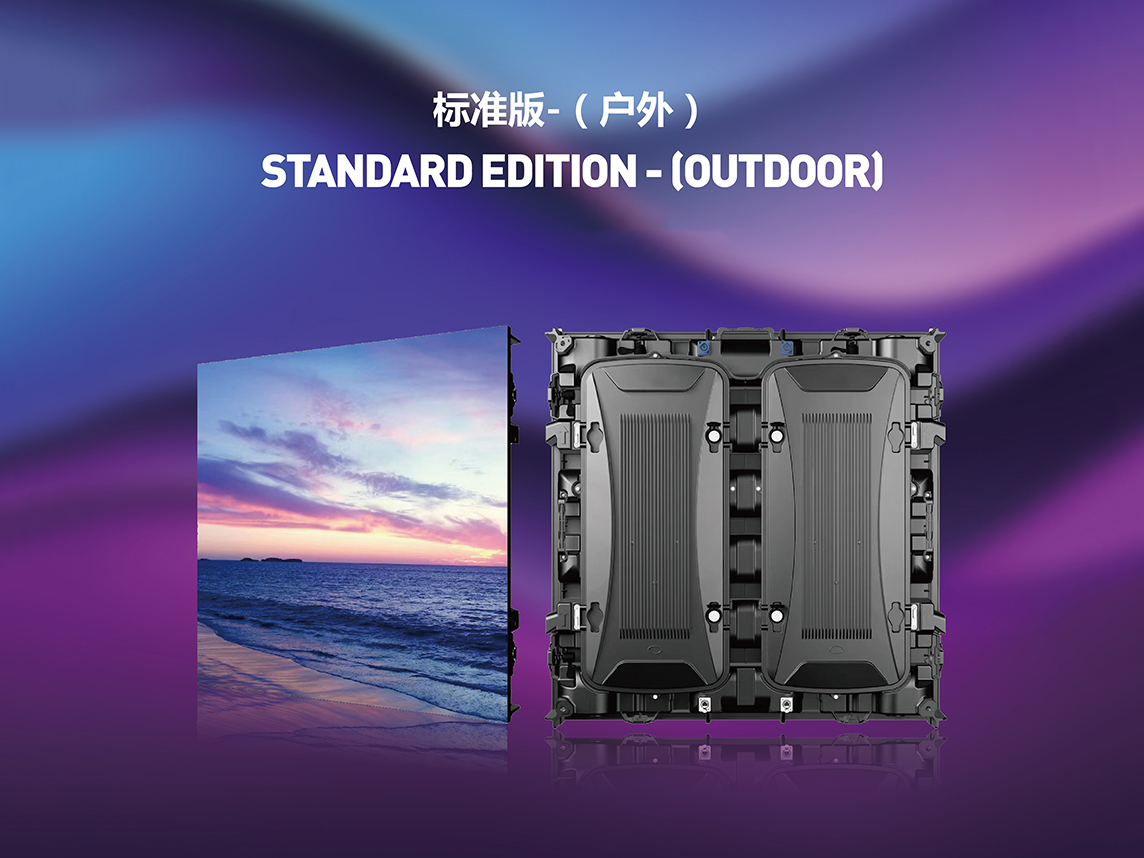
-
Efficient and reliable quantum dot white LED packaging and thermal management

-
A new method for detecting brightness and chroma of outdoor full-color LED display
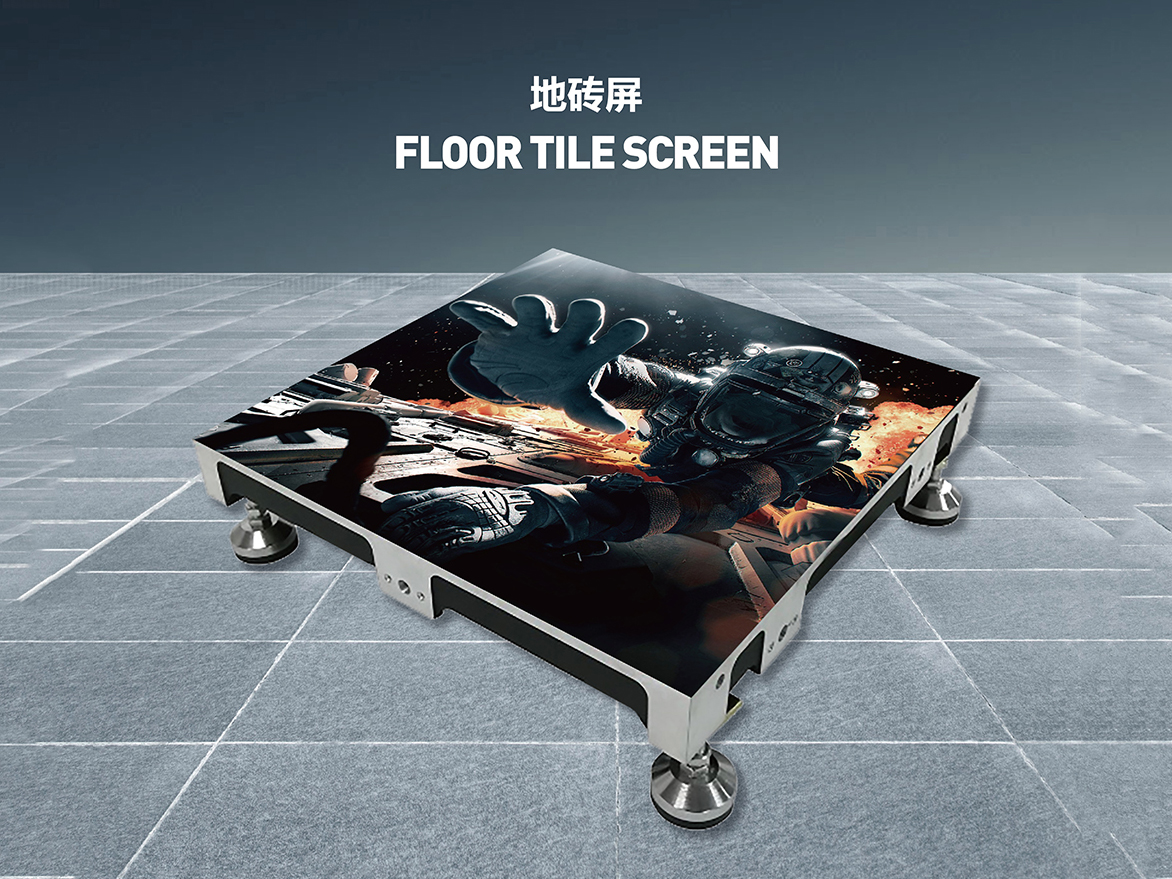
-
Evolution history of led displays from monochrome to full-color to small-pitch

-
What kind of LED full-color screen can meet indoor and outdoor needs?
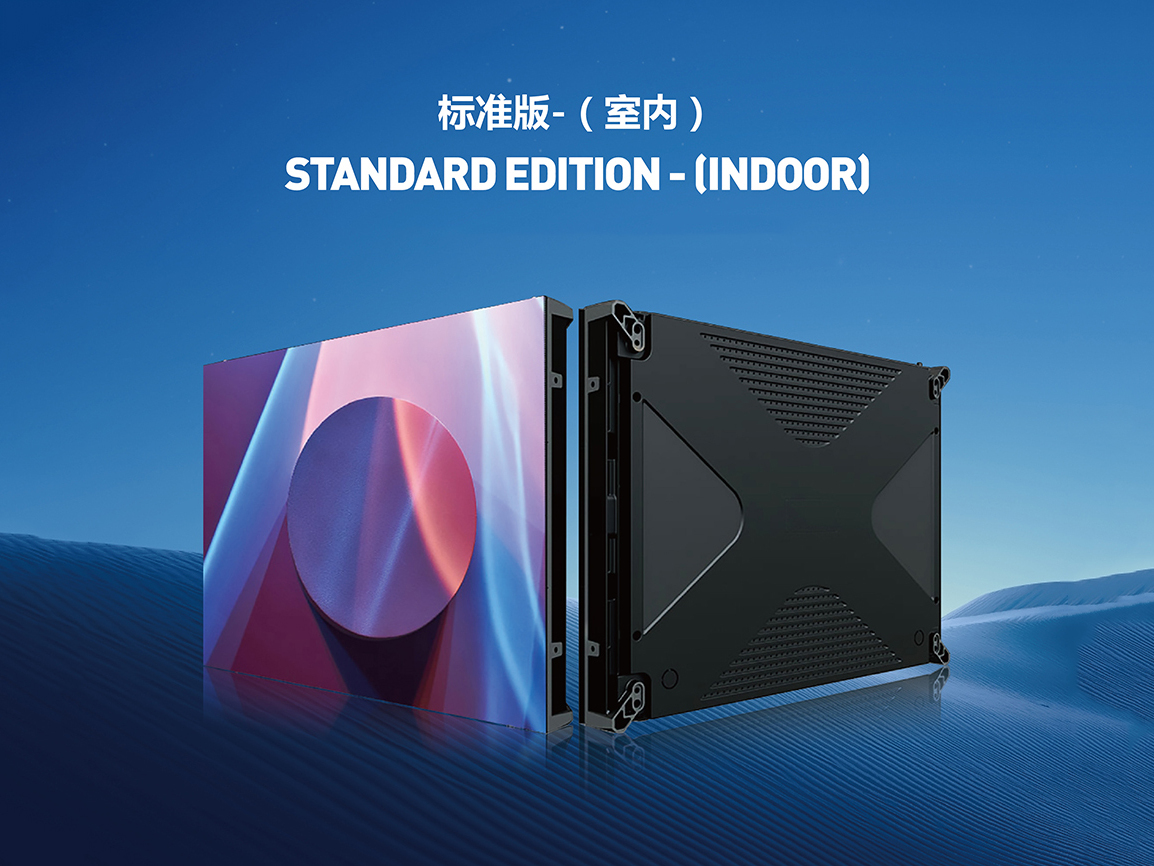
-
To solve 2 problems, Octavia Optoelectronics and Ames Osram announced new patents

the charts
- Liaocheng University and Soochow University collaborate to make progress in the research field of bl
- Hot research! How will the future development of LED displays achieve a leap?
- How to better select and use dedicated LEDs for full-color displays
- Introduction to LED process technology--Application of LED display driver chips
- Design of grayscale display scheme for HD LED display
- A new method for detecting brightness and chroma of outdoor full-color LED display
- Analysis of six characteristics of LED display application phenomena
- What are the quality and installation requirements for installing LED displays in multi-functional s
- What kind of LED full-color screen can meet indoor and outdoor needs?
- Analysis of factors affecting display prices

